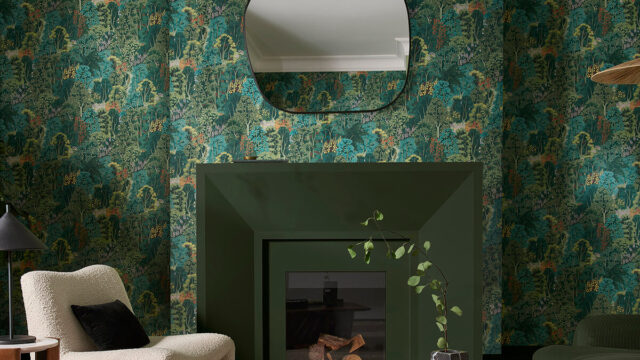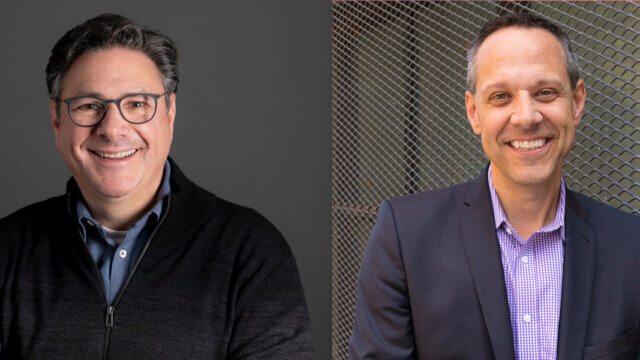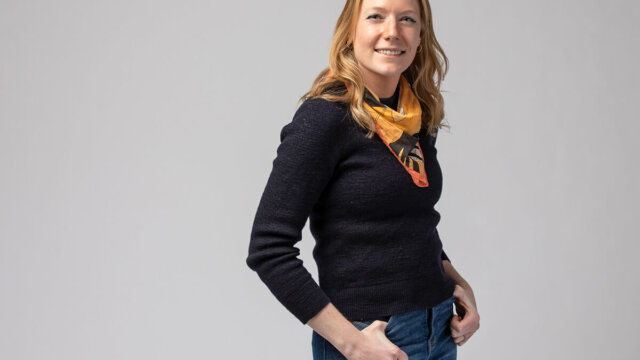As hotel restaurants, bars and lounges begin to reopen following the COVID-19 outbreak, designers are looking for ways to ease guests’ concerns about returning to these spaces. Increased social-distancing measures and enhanced safety protocols may make spaces feel less inviting, but designers are coming up with creative ways to bring warmth and comfort back into F&B design. Leaders at Wilson Associates walked InspireDesign through some of the ways food and beverage design may change, and how designers will accommodate these shifts going forward:
How will F&B design change in the hotel space? What will designers focus on?
“Food and beverage design will change the way we give confidence and comfort to patrons within a welcoming environment,” said Keiko Matsumoto, design director, F&B, Wilson Associates. “Incorporating simple forms and pastel color tones help attract patrons looking for a place where they want to spend a sufficient amount of time while enjoying the company of others. Adding more curves and receding arches along with brightening the space with pops of pastels will help patrons feel happy and comforted. Even designing open kitchen spaces allows patrons to see preparation methods, making them feel more comfortable.”
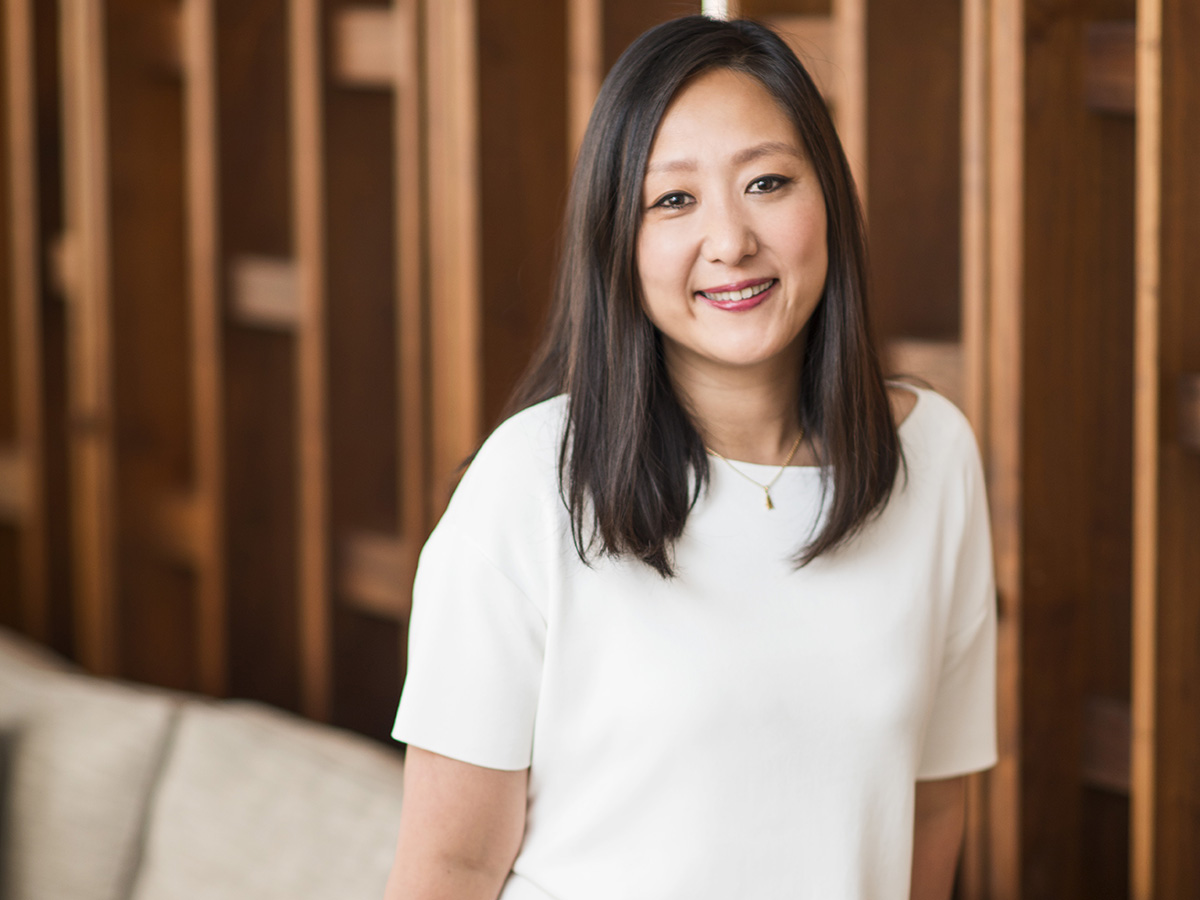
How are you planning to incorporate health and wellness measures into F&B design?
“These health and wellness measures can be achieved through an intelligent approach to FF&E design. For example, hand sanitizers and phone sanitization stations can be integrated into the design of dining tables in order to help guests feel more at ease in a restaurant environment in a post-pandemic world. Motion sensors will also contribute to helping patrons feel safe by avoiding direct contact with surfaces such as door handles. It’s small aspects that will give diners moments of reassurance,” said Michael Lawless, project manager of Wilson Associates’ specialty F&B design studio, Blueplate.

How should designers aim to create spaces that not only inspire guests, but make them feel safe in this new normal?
“People will avoid being crammed tightly into busy restaurants,” Lawless said. “Designing spaces that allow social distancing will be key. From an operational perspective, this is a difficult task as it drives down the seat count, thus reducing revenues. In order for restaurants to survive in a socially distanced world, local governments must make allowances for restaurants to expand their footprints into the surrounding public real estate. In New York City for example, that may mean closing down lanes to traffic to allow local restaurants to offer outdoor seating on semi-permanent structures. Restaurants already famously operate on very tight margins. If you take away say 50% of their seats, then you must either subsidize that loss in revenue or present a design solution, such as outdoor dining, that allows them to expand their footprint by a corresponding 50%.”

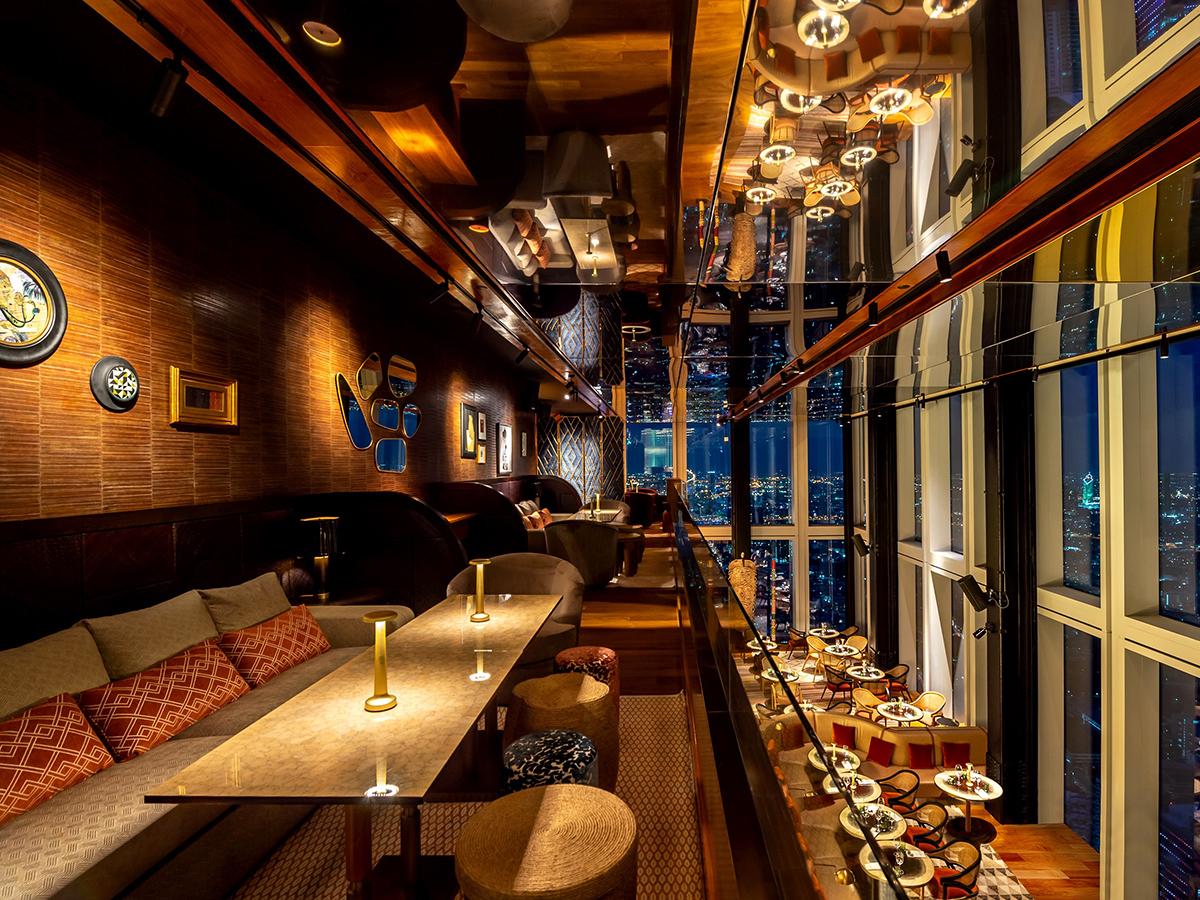
F&B programming is changing with more grab and go options, no buffets and social-distancing measures. How do you design around this?
“Providing ample space is going to be key in ensuring that diners feel comfortable in a restaurant environment,” Lawless said. “This will include outdoor terraces but could also see the expansion of dining services into other parts of a hotel (at least temporarily). For example, meeting and conference facilities are likely to remain dormant for some time as people remain reluctant to travel to large trade shows and exhibitions. While these facilities sit empty, they could present an opportunity as satellite dining rooms in order to allow hotel restaurants to serve more meals in a socially distanced environment. We’ve seen a few hotels around Europe repurposing guestrooms as private dining facilities in order to keep some F&B revenue coming while their guestrooms remain closed. Clearly, these are temporary solutions, but it could be potentially misguided to try to look too far into the future at this stage as there is still so much uncertainty about how long this will last.”

